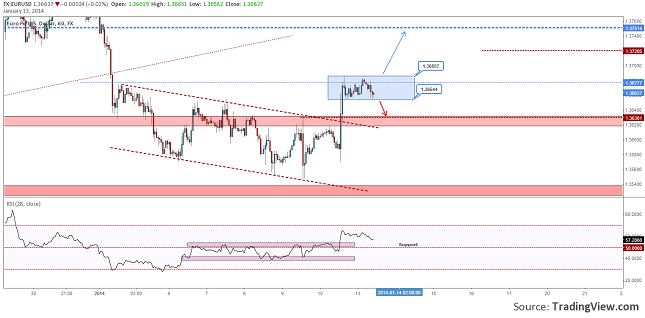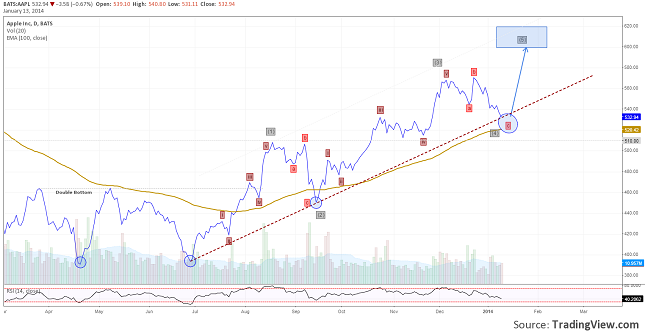By WallStreetDaily.com 
Analysts and economists can’t resist fretting over the potentially terrifying impact of the Fed’s taper, which begins this month. I’m here to tell you that a more dire crisis is unfolding – an imminent shortage of everyday Americans’ most beloved commodity.
“We want you to hear directly from us that it’s true,” reads Velveeta’s official Tumblr page. “We are experiencing a temporary scarcity of our nation’s most precious commodity: Liquid Gold.”
At the start of the NFL playoffs? Say it isn’t so!
Sadly, it is so, my fellow Wall Street Daily readers.
Kraft (KRFT) blames the shortage on “a combination of minor manufacturing challenges.”
After last year’s hysteria over a potential shortage of chicken wings, you’d think companies providing the most popular football-season food items would take precautions. Apparently not.
While Kraft swears that it’s a “short-term issue,” I wouldn’t trust them. If you’re having a Super Bowl party, stock up!
Now, as far as what impact the appropriately dubbed “Cheesepocalypse” will have on Kraft’s overall business and stock price, I can’t tell you. Not until February 13. That’s when the company is slated to report fourth-quarter results.
And that brings us to the next issue I want to address today – earnings. Because this time around, there are two things we should be extremely concerned about as the reporting activity kicks into high gear…
Where it’s At
Forget having “two turntables and a microphone” like the Beck song suggests. When companies start reporting earnings en masse in a few weeks, earnings growth is “where it’s at.”
 Why? Because stock prices ultimately follow earnings. But lately, they’ve been advancing on the backs of multiple expansions. So investors are paying more and more for the same penny of earnings.
Why? Because stock prices ultimately follow earnings. But lately, they’ve been advancing on the backs of multiple expansions. So investors are paying more and more for the same penny of earnings.
Case in point: In the last 12 months, the price-to-earnings (P/E) ratio on the S&P 500 Index expanded almost 20% – from 14.7 to 17.3.
That’s not a sustainable situation. When P/E ratios soar uncontrollably, the end of the bull market is nigh.
Now, there are two ways to keep multiple expansions in check. Either the denominator in the calculation (earnings) increases or the numerator (prices) decreases.
It goes without saying, of course, that we want the former to happen. After all, declining prices are only good for short sellers.
With that in mind, here’s what’s troubling me…
At the end of September 2013, analysts estimated that S&P 500 companies would grow earnings by 9.6% in the fourth quarter.
Over time, analysts always revise those estimates downward as they get more data. In fact, during the last five years, the average decline in estimates has been 5.8%, according to FactSet’s latest Earnings Insight report.
However, this go-round, they didn’t lower expectations as much as usual. They now expect fourth-quarter earnings to grow by 6.3% – a drop of only 3.3%.
That means either the underlying data driving their calculations strengthened – or analysts are way too optimistic.
If it’s the latter, the stage could be set for major disappointments. Investors don’t tend to take kindly to companies reporting lower-than-expected profit growth.
So, like I said before, companies better bring it when it comes to reporting growth results. Otherwise, stock prices could start dropping – quickly.
Why So Glum, Chum?
Guidance promises to be another critical factor this earnings season.
Why? Because an obvious disconnect currently exists between the underlying economic data and company outlooks…
You see, the latest economic reports, most notably the recent GDP figures, point to an economy that’s accelerating. And more economic activity on the horizon should translate into more sales and profits for companies.
However, the overwhelming majority of S&P 500 companies that provided guidance so far don’t reflect such a reality. Of the 107 companies in the S&P 500 that have issued fourth-quarter earnings guidance, 88% issued negative guidance.
Granted, companies love to underpromise and overdeliver. Hence, the five-year average percentage for negative guidance of 64%, according to FactSet. But we’re talking about an abnormally high level of pessimism right now.
If companies don’t start issuing upbeat guidance, there could be trouble on the horizon that has yet to show up in the economic data.
Bottom line: It’s common for bull markets to climb proverbial “walls of worry.” But at this stage in the bull market, slowing growth and overly negative outlooks aren’t worries we can simply overlook.
So keep an eye on the data. Because the implications could be far more disastrous than a Cheesepocalypse.
Ahead of the tape,
Louis Basenese
The post Warning: Cheesepocalypse is Upon Us! appeared first on Wall Street Daily.
Article By WallStreetDaily.com
Original Article: Warning: Cheesepocalypse is Upon Us!


 Why? Because stock prices ultimately follow earnings. But lately, they’ve been advancing on the backs of multiple expansions. So investors are paying more and more for the same penny of earnings.
Why? Because stock prices ultimately follow earnings. But lately, they’ve been advancing on the backs of multiple expansions. So investors are paying more and more for the same penny of earnings.










